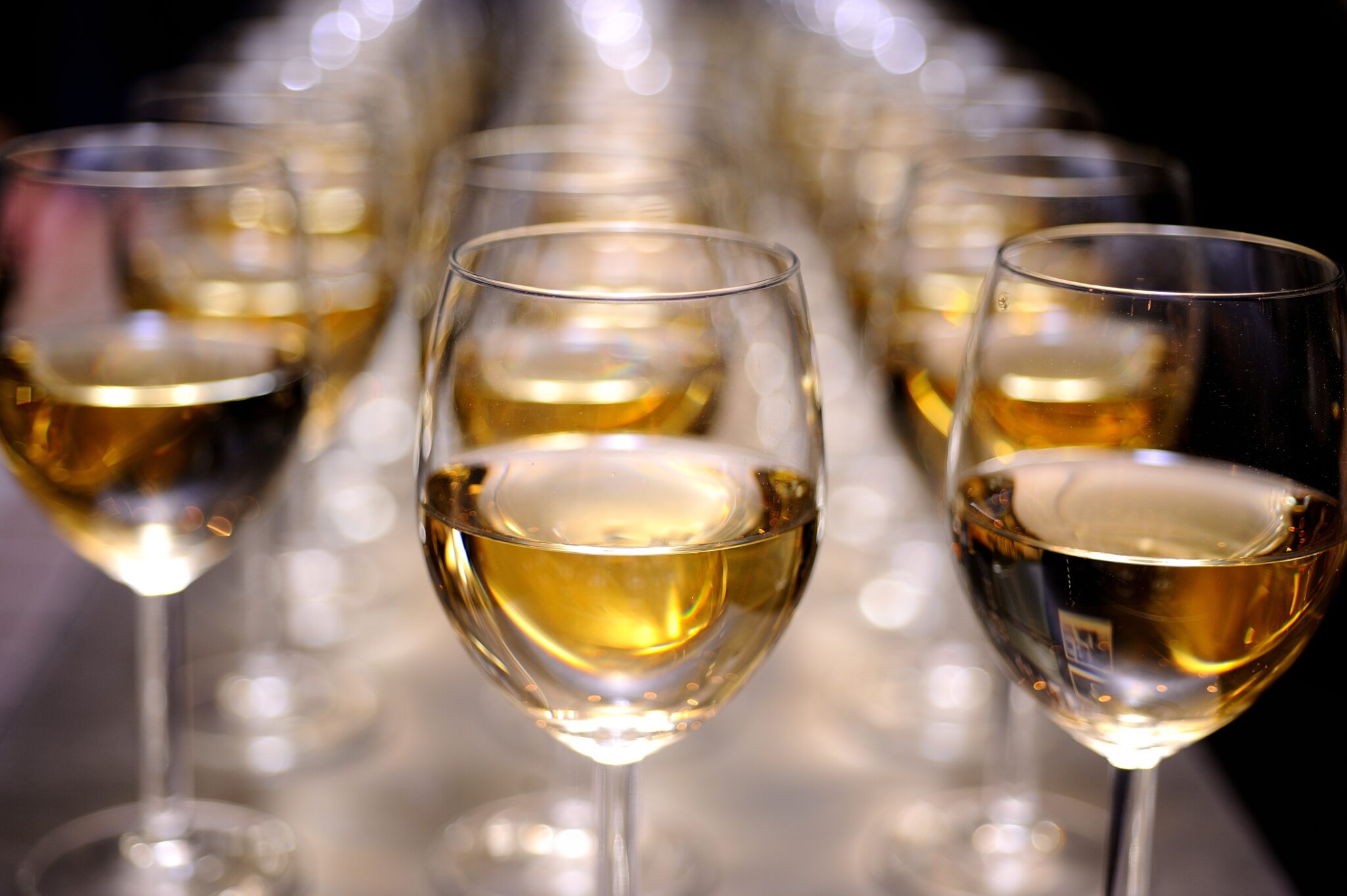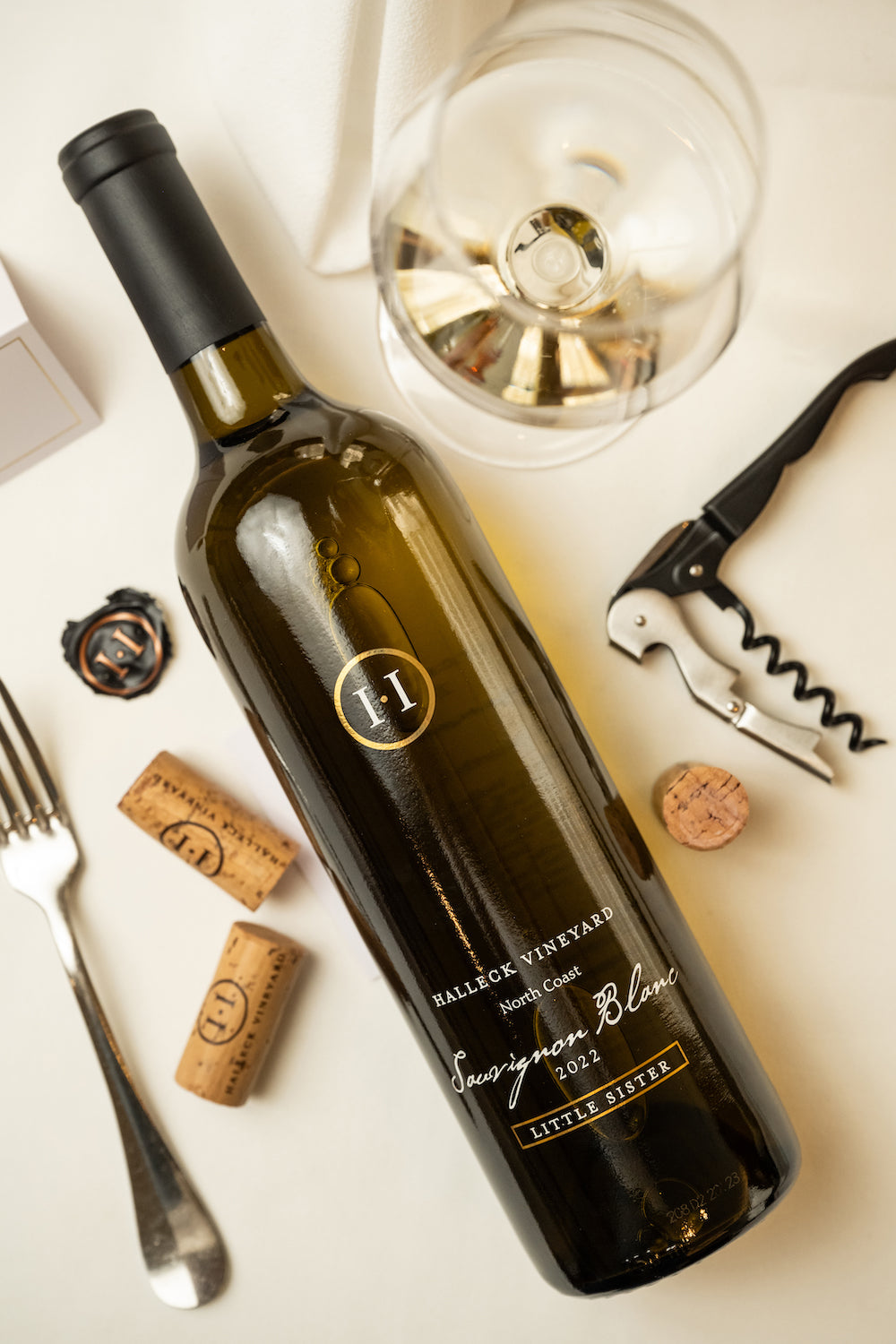Wineries That Offer Food Trucks On Weekends - Tasting Rooms In Sebastopol
Wine tasting is an art that combines sensory experience with an appreciation for the nuances of various varietals. How to gauge flavors in winery wine tasting sessions is pivotal to greedy the complexities of wine.
Partaking in a wine tasting involves more than simply sipping and savoring. It requires a centered strategy to identify aromas and flavors that each wine presents. As you start, observe the wine's appearance, noting its colour and readability. These visual cues often counsel a wine’s age, grape variety, and even potential flavor profiles.
The next step within the tasting process is to swirl the wine in your glass. This action releases fragrant compounds which are very important for analysis. Lean in and take a moment to inhale deeply; the aromas can range from floral and fruity to spicy and earthy. The nose of the wine is just as necessary because the palate, and recognizing scents plays a significant role in understanding the general experience.
When taking your first sip, permit the wine to move across your palate - Unique Wine And Food Pairings In Sonoma. Notice the initial flavors that present themselves. Is the wine fruity, floral, or maybe herbaceous? This preliminary style gives insight into what the wine is prone to categorical as you continue to judge it. The mouthfeel additionally contributes to the overall flavor experience; it can be silky, tannic, and even effervescent.
Eco-Friendly Wineries In Sonoma County - Tasting Fine Wines In Sonoma County
As you continue tasting, take note of the wine’s balance. A well-balanced wine will harmonize acidity, sweetness, and tannins. If one component overwhelms the others, it might point out a much less fascinating high quality. Evaluating steadiness might help you identify how properly the wine might pair with food.
Transitioning to the finish, consider how the flavors evolve because the wine lingers in your palate. A long, pleasant end can indicate a high-quality wine, while a brief or abrupt finish would possibly suggest in any other case. Mirror on whether or not the flavors stay consistent or if new notes emerge because the wine settles. This progression can reveal complexities and intricacies that might not have been obvious in the initial tasting.
Temperature can be an important factor in evaluating wine flavors. Different forms of wine are optimally loved at particular temperatures. White wines usually shine when chilled, while red wines typically carry out greatest at room temperature. When tasting, make certain the wine is on the acceptable temperature to totally recognize its character.
Charming Wineries With Views In Sonoma Valley - Best Vineyard In Sonoma
Pairing food with wine can greatly enhance the tasting experience. Meals can affect the notion of flavors in wine, either highlighting sure traits or diminishing them. When evaluating flavors, consider how the wine interacts with different foods, noticing which flavors are amplified or muted (Charming Wineries Offering Wine And Food Pairings).

Contemplate the influence of terroir as you interact in a winery tasting. Terroir encompasses the distinctive environmental factors that have an effect on grape growing, including soil composition, local weather, and geography. Understanding a wine's terroir can present insight into its flavors and aromas, fostering a deeper appreciation for the alternatives made during its cultivation and manufacturing.
Education plays a fundamental function in enhancing one's capacity to gauge wine flavors. Learning about grape varieties, wine areas, and manufacturing strategies can pave the way for extra informed judgments throughout tastings. Moreover, attending workshops or classes can refine sensory skills and increase your flavor vocabulary, enabling you to articulate tasting notes extra successfully.

Lastly, it's essential to remember that evaluating wine flavors is a extremely personal experience. Individual preferences and perceptions will invariably shape one’s tasting journey. Enjoyment should be on the forefront, with the analysis process performing as a tool to enhance understanding and appreciation quite than create rigid pointers.
Wineries Promoting Sustainable Farming - Sonoma Wine Retreats
In conclusion, mastering how to evaluate flavors in winery wine tasting classes involves a combination of sensory engagement, data, and practice. By learning to identify aromas, assess the steadiness, and respect the intricacies of flavor, wine enthusiasts can deepen their connection to each bottle they encounter. As with any art kind, the more one immerses themselves within the experience, the more they'll uncover and benefit from the vast world of wine.
- Start by observing the wine's colour and clarity, as these visual parts can hint at its flavor profile and getting older potential.
- Swirl the wine gently in your glass; this releases aromatic compounds, permitting you to higher establish the complicated scents associated with the wine.
- Take a deep inhale before tasting, specializing in both primary and secondary aromas to gather insights on fruits, spices, and other nuances.
- When tasting, permit the wine to coat your palate; note the initial flavors, the mid-palate complexity, and the finish as these levels can provide totally different flavor highlights.
- Pay consideration to texture and mouthfeel, as elements similar to tannin ranges, acidity, and sweetness contribute significantly to the overall tasting experience.
- Compare flavors towards normal wine characteristics; for red wines, consider berry notes, oak influence, and natural tones, whereas whites may include citrus, stone fruits, and floral hints.
- Take notes during the tasting session to track your impressions, serving to you to recollect and consider the totally different wines sampled.
- Discuss your findings with fellow tasters or winery staff, as sharing insights can improve understanding and appreciation of individual flavors.
- Enable time for the wine to breathe; generally, flavors evolve and reveal new dimensions after being exposed to air.
- Experiment with food pairings during the tasting as they will dramatically alter how flavors are perceived, influencing general enjoyment.undefinedWhat should I search for when evaluating the aroma of wine throughout a tasting?
Begin by swirling the wine in your glass to release its aromas. Bring the glass to your nose and take a deep breath. Pay consideration to the primary scents you detect, as these are often the most prominent. Look for fruit, floral, natural, or earthy notes and attempt to determine specific characteristics, which will deepen your understanding of the wine's complexity.
Romantic Winery Destinations In Sebastopol - Craft Wineries In Sonoma

How can I distinguish between different flavor profiles in wine?
Perceive that flavor profiles are often categorized as fruit, floral, herbaceous, spicy, or mineral. Take small sips and permit the wine visit site to coat your palate. Discover the primary flavors that emerge first and the refined notes that comply with. This layering is crucial in distinguishing the wine's characteristics and will assist you to respect its distinctive profile.
Wineries With Picnic Areas - Wine Tasting At Sonoma Vineyards
What is the significance of the wine's texture in a tasting?
The texture of the wine, also called mouthfeel, plays a vital role in how we understand flavors. Pay attention as to if the wine feels easy, creamy, or gritty. The body of the wine (light, medium, or full) can improve or contrast with flavors, providing a extra rounded experience during tasting.
How do I assess the stability of flavors in wine?
Steadiness in wine refers to the harmony between acidity, sweetness, tannin, and alcohol. Take a second to assess whether these components complement or interfere with each other. A well-balanced wine could have none of its components overpowering the others, creating a pleasing tasting experience.
Wineries Offering Off The Beaten Path Experiences - Best Winery In Sonoma For Quality Wine
What role does temperature play in evaluating wine flavors?
Temperature can considerably impact the notion of flavors. Generally, pink wines are greatest served barely under room temperature, whereas white wines benefit from being chilled. As the temperature adjustments, the aromas and flavors can shift, allowing you to understand different characteristics. It’s important to taste wine at its optimum temperature for true evaluation.
Wineries With Beautiful Architecture - Finding Good Wineries For Wine Tasting
How can I improve my tasting skills over time?
Practice is vital to bettering your tasting skills. Wineries With Breathtaking Gardens In Sonoma. Attend tastings, maintain a journal of your experiences, and discover various sorts of wines to broaden your palate. Moreover, learning about wine production and grape varieties can present context that enhances your evaluation process, making you a extra knowledgeable taster.
Is there a specific order by which I ought to taste the wines?
Wineries Renowned For Cabernet Sauvignon In Sonoma - Vineyard Tours In Sebastopol
Yes, it’s advisable to taste wines from light to full-bodied and dry to candy. This development prevents the stronger flavors from overshadowing the more delicate ones, allowing you to totally recognize each wine's characteristics and nuances with out palate fatigue.
How can I evaluate the aftertaste of wine?
Wineries That Offer Food Trucks On Weekends - Enjoying Wine Tastings And Vineyards Near Sebastopol
The aftertaste, or end, is a vital facet of the wine-tasting experience. After swallowing, take note of how long the flavors linger on your palate and whether they change. A long, pleasant end is commonly an indicator of a high-quality wine, whereas a brief or unpleasant finish may counsel otherwise.
Why is it essential to note the wine’s acidity during tasting?
Acidity contributes to the overall freshness and construction of the wine. Pay consideration to the tingling sensation on your tongue; higher acidity can enhance the wine's liveliness and balance out sweetness. Noting acidity helps decide the wine's versatility with food and its growing older potential.
What ought to I do if I wrestle to establish particular flavors in wine?
Elegant Wine Tasting Locations In Sonoma - Unique Wine Tasting Experiences In Sebastopol
Struggling to determine flavors is try this web-site widespread, particularly for novices. Focus on broader categories and describe what you'll be able to acknowledge, corresponding to candy or earthy notes. With practice, reading about totally different flavor profiles, and perhaps using flavor wheels, you'll refine your senses and develop a extra nuanced approach to tasting.